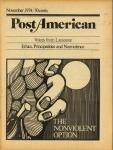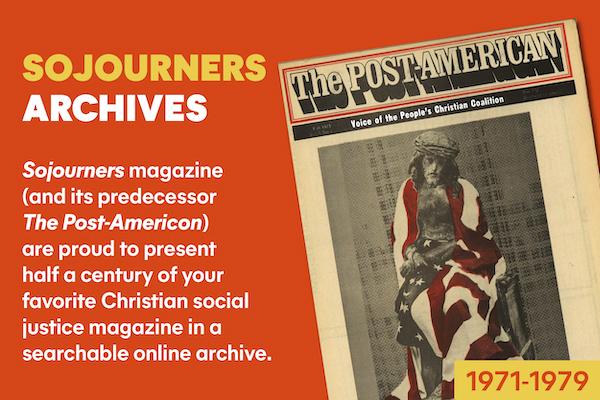The following list of books can be found in the public libraries of most large cities. The following symbols were used: P = picture book, I = intermediate age level (8 to 12 years old).
Allfry, Katherine.
Arneson, D.J. Secret Places. Photos by Peter Arnold. Holt, Rinehart and Winston, 1971. Nonviolence (P). Little boy shares his joy and love of nature and woods, through colorful pictures, and his hope it will not be ruined by industry.
Basllevsky, Masey. Branislav the Dragon. D. Mackay Co., 1967. Nonviolence (P). Nonviolent dragon and his adventures.
Bonsall, Crosby. It’s Mine—a Greedy Book.
DeRegniers, Beatrice. Catch a Little Fox. Illustrated by Brinton Turkle. Seabury Press, 1968. Nonviolence (P). Story in song about children out to catch animals. The illustrations are particularly good.
Evans, Katherine. A Bundle of Sticks.
Hamanda, Hirosuke. The Tears of the Dragon. Parents Magazine Press, 1967. Nonviolence (P). Boy tries to convince village elders that dragon they have never seen is not evil; so he goes off to invite dragon to his birthday celebration. A very beautiful book.
Hoffman, Phyliss. Steffie and
Hutchens, Pat. Tom and Sam. Macmillan, 1968. Nonviolence (P). Fable about getting along with your neighbor.
Janosch. The Crocodile Who Wouldn’t be King. Putnam, 1971. Nonviolence (P). Crocodile king’s son refuses to be like violent smelly father, and goes off to live peacefully.
Jewell, Nancy P. Try and
Jewett, Sarah Orne. A White Heron.
Keats, Ezra and Jack. Letter to Amy.
Kishida, Eriko. The Lion and the Bird’s Nest. Crowell, 1972. Nonviolence (P). Old lion agrees to allow bird to lay eggs in his crown. Story about the power of kindness.
Konigsburg, E.J. From the Mixed Up Files of Mrs. Basil E. Frankweiler. Antheneum, 1967. Nonsexist (I). Girl decides to leave home with her younger brother to live in the Metropolitan Museum of Art.
Konigsburg, E.J. Jennifer, Hecate, Macbeth, William McKinley and
Krumgold, Joseph. Henry 3. Antheneum, 1967. Nonviolence (I). Boy tries to find way to end all wars. Book is sexist, but good on feelings and dealing with reality of the world.
Lasker, Joe. Mothers can Do Anything. A. Whitman, 1972. Nonsexist (P). Beautifully illustrated book about all the things mothers do.
L’Engle, Madeleine. Dance in the Desert.
Lionni, Leo. Swimmy.
Piatti, Celestino. The Happy Owls. Atheneum, 1964. Nonviolence (P). Legend about happy owls and why they were peaceful.
Steptoe, John. Stevie. Harper and Row, 1969. Nonviolence (P). Problems of a boy relating to younger foster brother.
Waber, Bernard. Ira Sleeps Over.
Watson, Sally. Other Sandals.
Zolotow, Charlotte. The Hating Book. Harper and Row, 1969. Nonviolence (P). How misunderstandings can cause ill feelings and how they can be straightened out.
Zolotow, Charlotte. The Quarreling Book. Harper and Row, 1963. Nonviolence (P). How a quarrel is started and how love and joy break the pattern.
Zolotow, Charlotte. William’s Doll. Harper and Row, 1972. Nonsexist (P). Little boy wants doll despite disapproval from people around him.
Patty Lyman was a member of the

Got something to say about what you're reading? We value your feedback!
